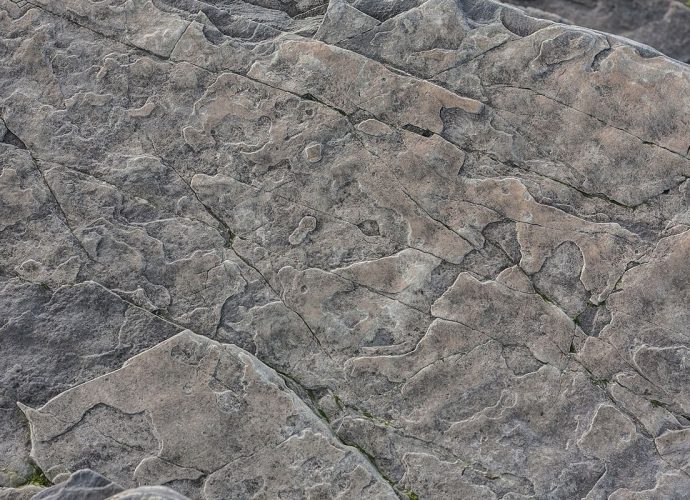Is Kinetic Sand Cancerous?
While kinetic sand isn’t toxic, there can be medical repercussions if your child eats it. The consistency of it makes it a choking hazard, even in small amounts. If your child eats a large amount of kinetic sand, it can cause constipation, and in severe cases, it can cause aRead More →








